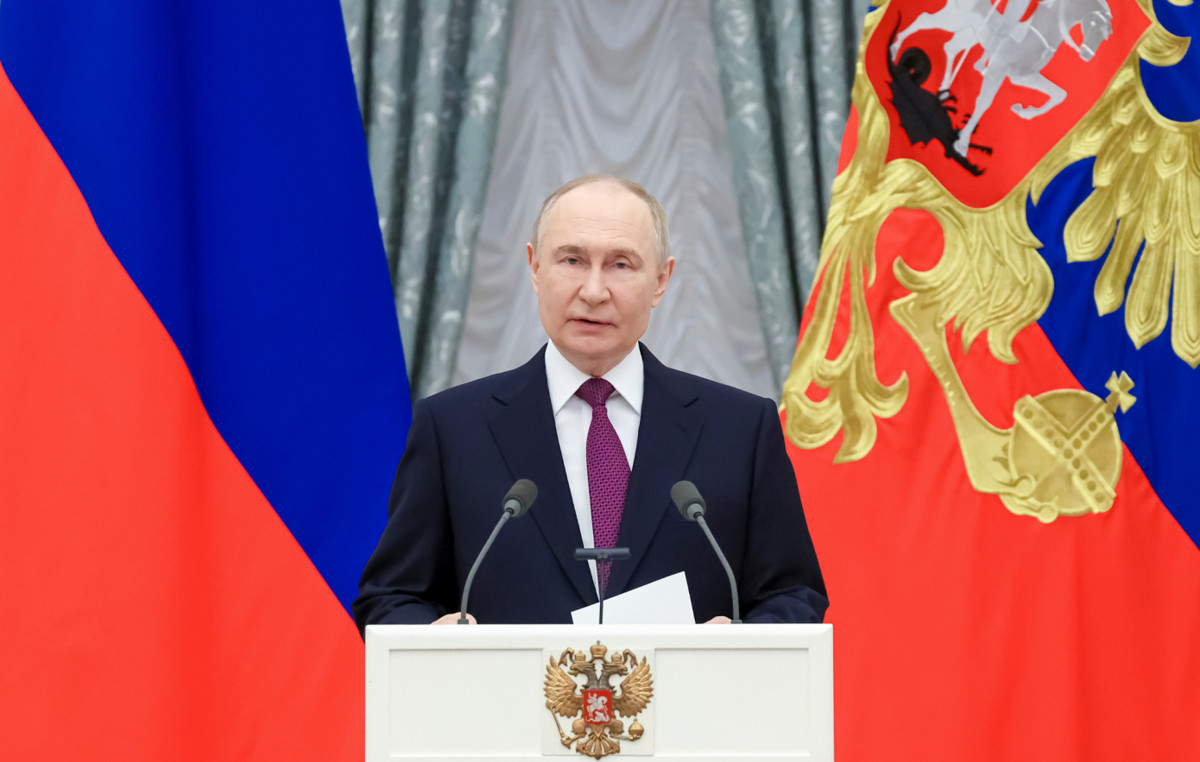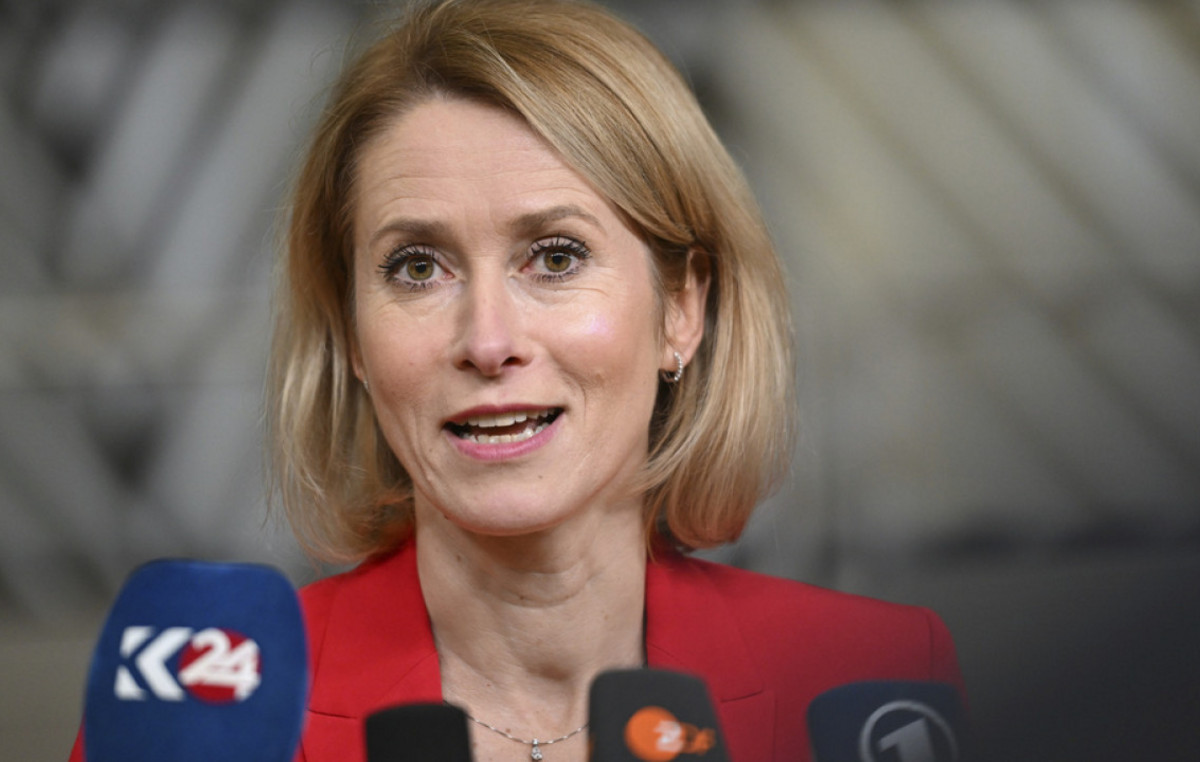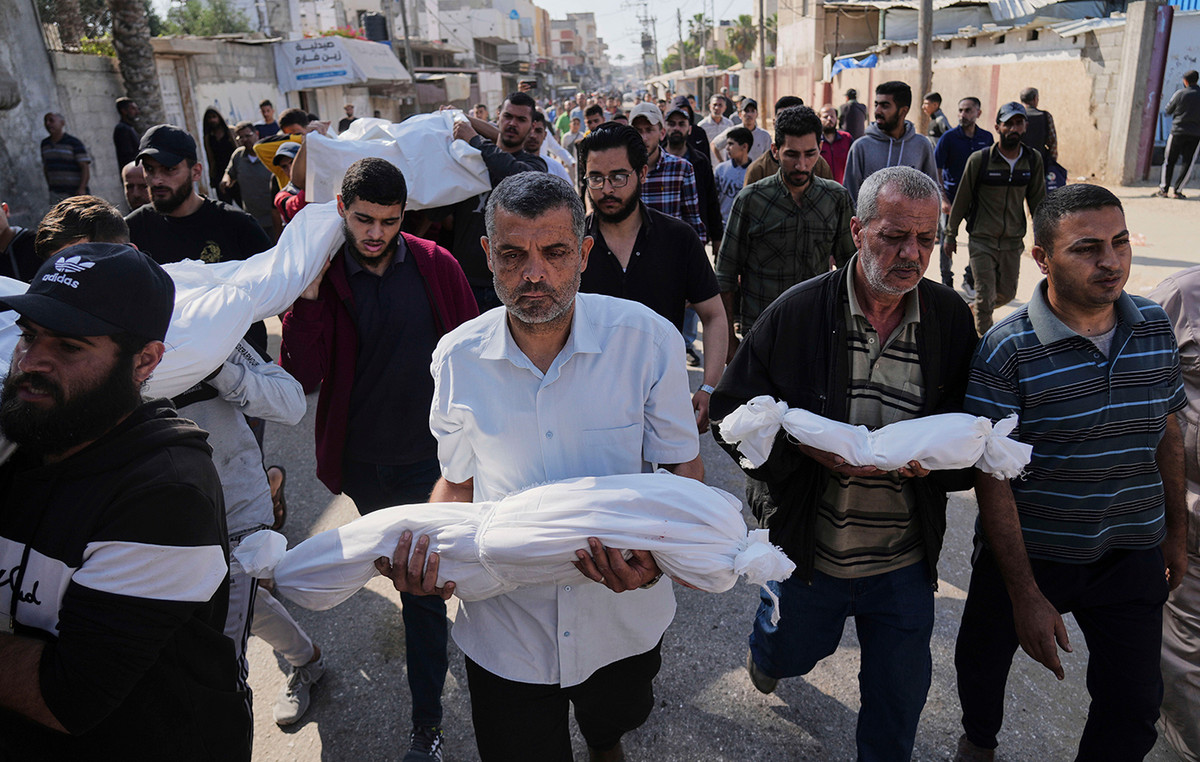It was a remarkable day for Elmira Dergousova when Russian tanks crossed the Ukrainian border: she was celebrating her fifth birthday.
With a plastic crown on her head, she blew out the candles on the “Frozen” themed cake. Her mother quickly took a photo – the uncertainty and fear in Elmira's smile was very obvious – before they ran down to the basement. Russian shells were already falling in the streets.
Life for children across Ukraine has changed immensely since that day in February 2022. For those living in the northern city of Kharkiv, just a few kilometers from the border with Russia, it has changed more than most.
Despite almost daily Russian shelling and missile attacks, the city has regained an uncomfortable normality, with some residents returning, shops reopening and life moving on.
But fear of seemingly random Russian attacks makes schools too high risk. None of the city's schools are still used for classes as it is too dangerous. The city opted for the underground, the subway and the newly built bunker schools to protect children while they learn.
“Here we won’t hear anything. We won’t hear the bangs,” Elmira told CNN in her classroom, surrounded by double-paned windows that help dampen the noise of the outside world.
“They get used to it somehow”
Situated in an old pedestrian tunnel, just meters from the asphalt road above, the classrooms are cozy and colorful. Flashy cartoon characters and multiplication tables line the walls, while a banner reads “Indestructible Kharkiv.”
In one corner, Lego and toys – the underground playground – are ready for recess. But first, the national anthem plays, signaling the start of the school day.
“I love Ukraine because of nature,” Elmira told CNN in the classroom: “We have different creatures that don't exist in other countries. And we were probably attacked because of it.”

It's a moment of innocence, safe within the walls of her new school. But she knows very well what war means, her father is fighting on the frontline and she has been a refugee in Poland with her mother for a year.
In Kharkiv, air raid sirens sometimes sound more than a dozen times a day, Elmira's mother, Olena Dergousova, told CNN . Virtually every home in her neighborhood was hit in the first few months of the 2022 invasion, she said.
Given the limited space at the subway school, Elmira is forced to study at home every other day. It uses pioneering software and tablets during the Covid-19 pandemic.
Almost 2,200 children attend classes in the five metro schools at Kharkiv stations, compared to 1,000 in September, when they were opened, according to Kharkiv city hall, only at the request of parents.
In total, 106 groups of children from 1st to 11th grade circulate through the 19 classrooms in the metro. That's a fraction of the tens of thousands of school-aged children in the city, according to the city's mayor.
But studying underground means an uninterrupted school day, safe from bombs and the fear of sirens. “The kids are probably getting used to it,” said Elmira teacher Olena Rudakova. “They get used to it somehow.”

Death that comes from above
An S-300 missile – preferred by Moscow for attacking Ukrainian cities and infrastructure – takes less than 40 seconds from launch to reach Kharkiv, the city's leader Ihor Terekhov told CNN . “No air raid warning is capable of working,” he said.
Despite the proliferation of emergency shelters across Ukraine, concrete rooms visible on the streets of towns and cities, civilians are far from safe from Russian airstrikes.
“If before they fired at the energy infrastructure, today they hit in a way that intimidates people. They shoot in the housing stock, in the private sector, in residential buildings and there are many victims,” said Terekhov.
The school Elmira attended, now boarded up, was hit by Russian bombings in the early months of the war. The families were sheltering in the basement at the time and fortunately no one was injured.
Many others were not so lucky. At least 10,000 civilians, including more than 560 children, have been killed since Russia launched its full-scale invasion of Ukraine in February 2022, the United Nations Human Rights Monitoring Mission in Ukraine said in November. More than 18,500 people were injured.
The UN believes the true numbers are significantly higher due to the challenges and delays involved in verifying deaths in areas of ongoing hostilities.

With space already at a premium in the city's metro system – in 2022, around 160,000 people were sheltering in stations, according to Karkhiv city's education department – last year the mayor of Kharkiv commissioned a school specially constructed underground. The school – scheduled to open in March – looks like a bunker.
Encompassing a football field, the single-story structure was still only in its shell when the CNN visited in January, but administrators were already planning the color of the classroom walls.
From lighting and soundproofing to ventilation, school administrators have drawn up plans to make the facility, which will house 450 students, as comfortable and enjoyable as possible for students.
“The lungs must breathe like they breathe in fresh air, it is very important,” Terekhov said about the school's future students.
“They grew up”
At the metro station, a psychologist is now part of the staff, an essential pillar of teaching in times of war.
“Children have survived explosions, experienced difficult times and the death of family members; it’s very difficult for them,” Elmira teacher Rudakova said between classes.
PHOTOS: Images show the destruction of the war between Russia and Ukraine
Source: CNN Brasil
Bruce Belcher is a seasoned author with over 5 years of experience in world news. He writes for online news websites and provides in-depth analysis on the world stock market. Bruce is known for his insightful perspectives and commitment to keeping the public informed.





